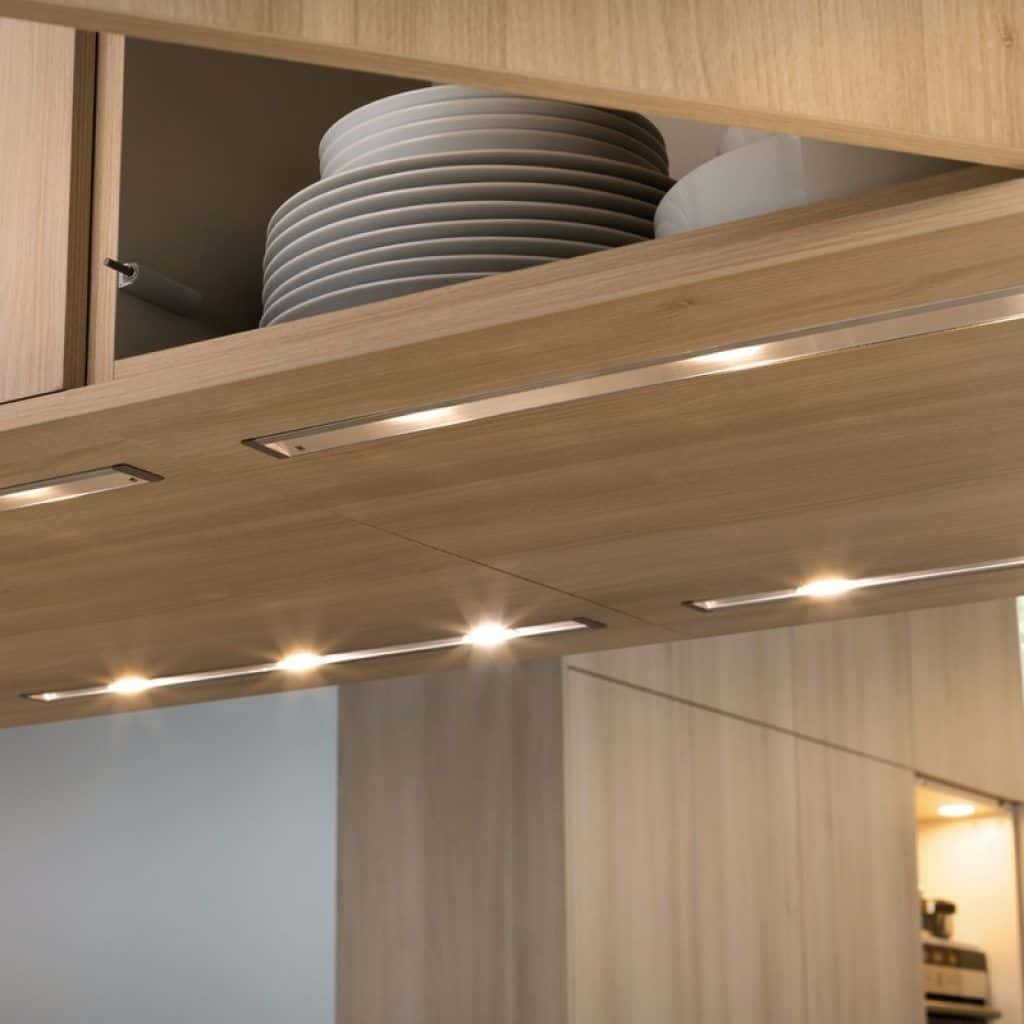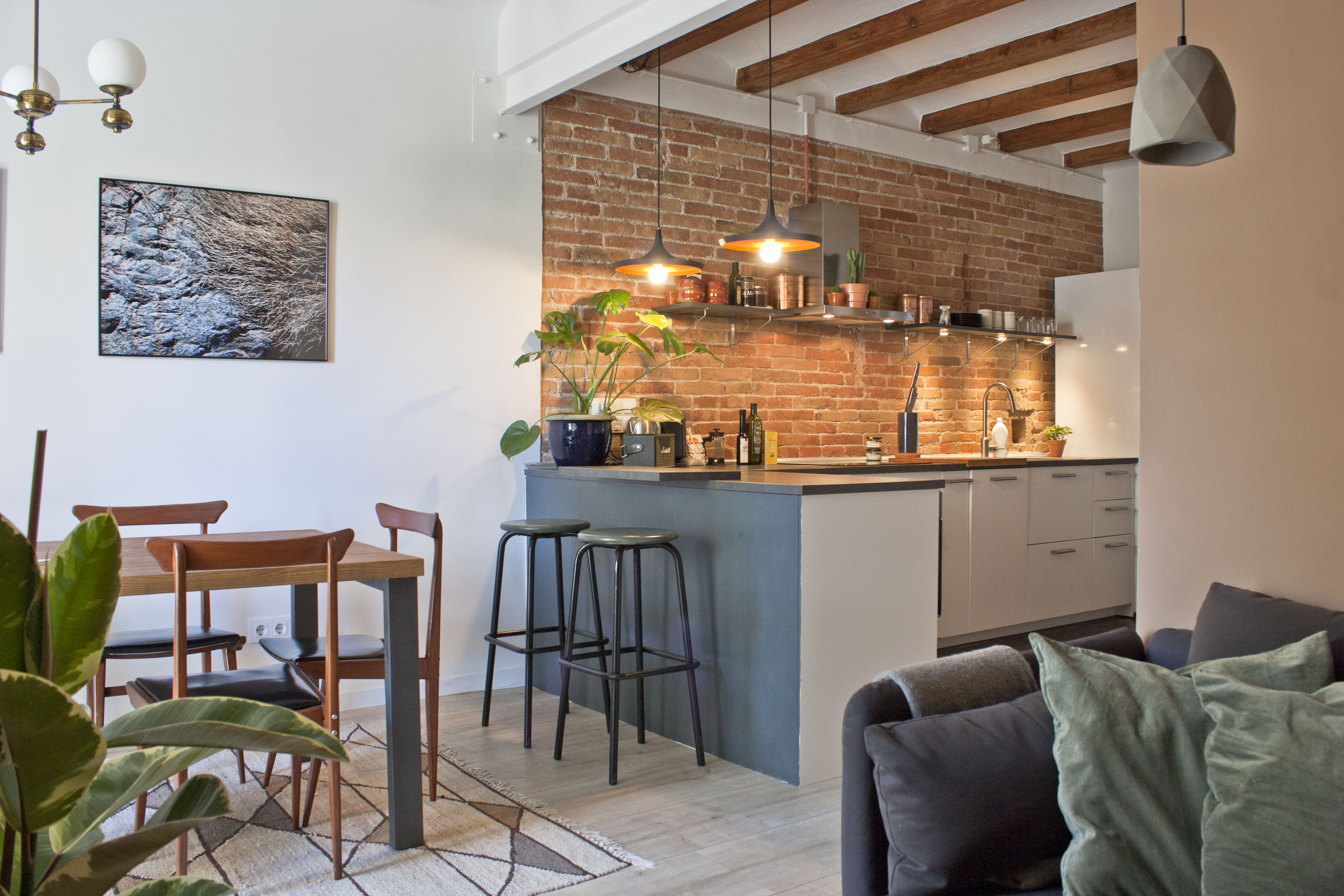Understanding Kitchen Cabinet Lighting

Proper kitchen cabinet lighting is essential for both functionality and aesthetics. It enhances visibility within the cabinets, making it easier to find items and perform tasks. Additionally, well-lit cabinets can elevate the overall ambiance of the kitchen, creating a more inviting and modern space. The type of light bulb used significantly impacts the ambiance and task performance in the kitchen.
Different Types of Light Bulbs
The choice of light bulbs for kitchen cabinets is crucial, as it influences the overall appearance and functionality of the space. Different types of bulbs offer unique advantages and disadvantages, making it important to consider the specific needs and preferences of the kitchen.
- LED Bulbs: LED bulbs are highly energy-efficient, boasting a long lifespan and low heat output. They are known for their bright, crisp white light, which is ideal for illuminating cabinets and showcasing items within. However, LED bulbs can be more expensive upfront than other options.
- Fluorescent Bulbs: Fluorescent bulbs are also energy-efficient and have a longer lifespan than incandescent bulbs. They emit a cool, bright light that is suitable for illuminating cabinets. However, fluorescent bulbs can produce a slightly harsh light, and some may find the flickering effect to be distracting.
- Incandescent Bulbs: Incandescent bulbs are the traditional option, known for their warm, inviting glow. They are relatively inexpensive but consume more energy and have a shorter lifespan than LED or fluorescent bulbs. They also produce a significant amount of heat, which can be a concern in enclosed spaces like cabinets.
Comparing and Contrasting Light Bulbs
Understanding the advantages and disadvantages of each type of light bulb is essential for making informed decisions.
| Feature | LED | Fluorescent | Incandescent |
|---|---|---|---|
| Energy Efficiency | Highly efficient | Efficient | Least efficient |
| Lifespan | Longest lifespan | Longer lifespan | Shortest lifespan |
| Light Output | Bright, crisp white | Cool, bright white | Warm, inviting glow |
| Heat Output | Low heat | Moderate heat | High heat |
| Cost | Most expensive upfront | Moderate cost | Least expensive upfront |
“LED bulbs offer the best combination of energy efficiency, long lifespan, and bright light output, making them a popular choice for kitchen cabinet lighting.”
Choosing the Right Kitchen Cabinet Light Bulbs

Selecting the right kitchen cabinet light bulbs is crucial for achieving the desired illumination and ambiance in your kitchen. This decision depends on various factors, including the size of your cabinets, the type of task you’ll be performing, and your personal preferences.
Wattage and Brightness
The wattage of a light bulb determines its brightness. Higher wattage bulbs emit more light, while lower wattage bulbs produce a softer glow. For kitchen cabinets, it’s generally recommended to use bulbs with a wattage between 40 and 60 watts. However, the actual wattage you need will depend on the size of your cabinets and the amount of light you desire. For example, a small cabinet may only require a 40-watt bulb, while a large cabinet might need a 60-watt bulb or even more.
Color Temperature
Color temperature, measured in Kelvin (K), affects the overall appearance of the light. A lower color temperature (2700-3000K) produces a warm, yellowish light, often used in living rooms and bedrooms. A higher color temperature (4000-4500K) emits a cool, white light, suitable for task lighting in kitchens and offices. For kitchen cabinets, a color temperature between 3000K and 4000K is generally considered ideal, as it provides a balanced and comfortable illumination for both task and ambient lighting.
Bulb Shape
The shape of the bulb is determined by the fixture in which it is used. Common bulb shapes for kitchen cabinet lighting include:
- A19: This is a standard light bulb shape, commonly used in table lamps and overhead fixtures. It provides a general illumination and is suitable for cabinets that do not have specific requirements.
- PAR30: This bulb has a wide beam angle, making it ideal for illuminating larger areas, such as under-cabinet lighting. It also provides a brighter light output than an A19 bulb.
- MR16: This is a small, reflector bulb that produces a focused beam of light, making it suitable for highlighting specific areas in your cabinets. It is often used in track lighting systems.
Dimmable vs. Non-Dimmable Bulbs
Dimmable bulbs allow you to adjust the brightness of the light using a dimmer switch. Non-dimmable bulbs cannot be dimmed. For kitchen cabinet lighting, dimmable bulbs offer more flexibility, allowing you to create different moods and ambiance depending on the situation. For example, you can dim the lights for a more relaxed atmosphere during a dinner party or brighten them for a well-lit workspace when preparing a meal. However, dimmable bulbs are often more expensive than non-dimmable bulbs.
Smart Bulbs
Smart bulbs offer advanced features, such as voice control and app integration, allowing you to control the lighting in your kitchen cabinets using your smartphone or voice assistant. These features can be convenient for turning lights on and off remotely, adjusting the brightness, or setting schedules. However, smart bulbs are often more expensive than traditional bulbs and may require a compatible hub or bridge to function.
- Benefits: Convenience, remote control, scheduling, energy efficiency.
- Drawbacks: Higher cost, potential compatibility issues, dependence on technology.
Installation and Maintenance of Kitchen Cabinet Light Bulbs

Installing and maintaining kitchen cabinet light bulbs is a simple task that can significantly enhance your kitchen’s functionality and aesthetics. This section will guide you through the process of installing different types of kitchen cabinet light bulbs, emphasizing safety precautions and troubleshooting common issues.
Installing Kitchen Cabinet Light Bulbs
The installation process varies depending on the type of light bulb you choose. Common types include under-cabinet lighting, puck lights, and strip lights.
- Under-cabinet lighting: Under-cabinet lighting typically involves installing fixtures beneath your cabinets. These fixtures usually come with a hardwired connection or a plug-in option. The installation process may require basic electrical knowledge, such as identifying the live, neutral, and ground wires. Ensure you disconnect the power supply before starting the installation.
- Puck lights: Puck lights are small, round lights that can be easily installed under cabinets using adhesive strips or screws. These lights usually operate on low voltage and often come with a transformer that needs to be connected to a power source.
- Strip lights: Strip lights are flexible LED lights that can be cut to size and installed under cabinets using adhesive tape or clips. They are often self-adhesive and come with a power adapter that plugs into an electrical outlet.
Safety Precautions for Installing Kitchen Cabinet Light Bulbs
Safety is paramount when working with electrical components. Always follow these precautions:
- Disconnect power supply: Before working on any electrical wiring, ensure you disconnect the power supply to the circuit you are working on. Use a circuit breaker or fuse box to turn off the power.
- Use appropriate tools: Use the correct tools for the job. Avoid using tools that are not insulated or are damaged.
- Avoid contact with live wires: Never touch live wires. Use insulated tools and work with caution.
- Work in a dry environment: Avoid working with electrical components in wet or damp environments.
Troubleshooting Common Issues with Kitchen Cabinet Lighting
Here are some common issues with kitchen cabinet lighting and how to troubleshoot them:
- Flickering: Flickering can be caused by loose connections, faulty wiring, or a dying bulb. Check the connections, ensure the wiring is intact, and replace the bulb if necessary.
- Dimming: Dimming can be caused by a faulty bulb, a loose connection, or a voltage issue. Check the connections, replace the bulb if necessary, and ensure the voltage is adequate.
- Bulb failure: Bulb failure is often caused by a burned-out bulb. Replace the bulb with a new one of the same type and wattage.
Maintaining Kitchen Cabinet Light Bulbs
Maintaining your kitchen cabinet light bulbs is essential to ensure they function properly and last longer. Here are some tips:
- Clean the bulbs regularly: Dust and grime can accumulate on the bulbs, reducing their brightness. Clean the bulbs with a soft cloth and mild soap.
- Replace bulbs promptly: When a bulb burns out, replace it immediately. This will prevent any potential safety hazards and ensure consistent lighting.
- Inspect wiring periodically: Regularly inspect the wiring for any signs of damage or wear. Replace any damaged wiring immediately.
You know, when it comes to kitchen cabinet light bulbs, I think we all have a preference for something that’s bright and efficient. But when it comes to bedroom walls, some people go for a bolder statement, like leopard print bedroom walls.
Maybe that’s why I always think of LED bulbs for my kitchen cabinets – they’re bright, they last a long time, and they don’t get too hot. It’s all about finding the right balance between function and style, right?
You know, those kitchen cabinet light bulbs are essential for visibility, but let’s face it, sometimes you need a little more personality in your home. Think about adding some flair to your master bedroom with cool wall stickers ! It’s a great way to express yourself and make the space feel more personal.
And, just like those kitchen cabinet light bulbs, those wall stickers can brighten up your day!